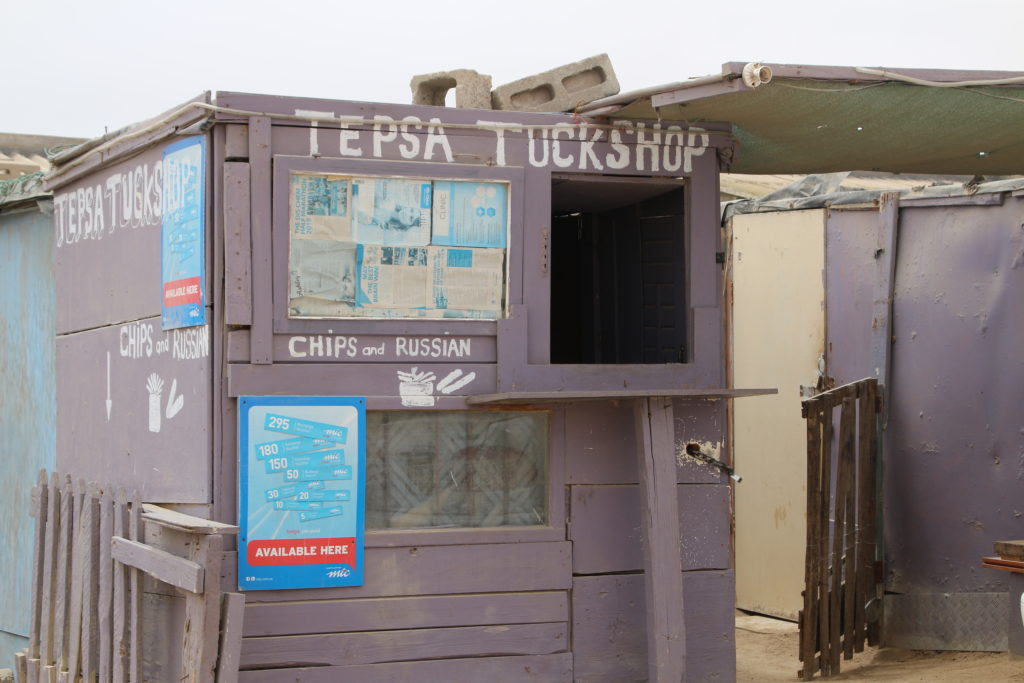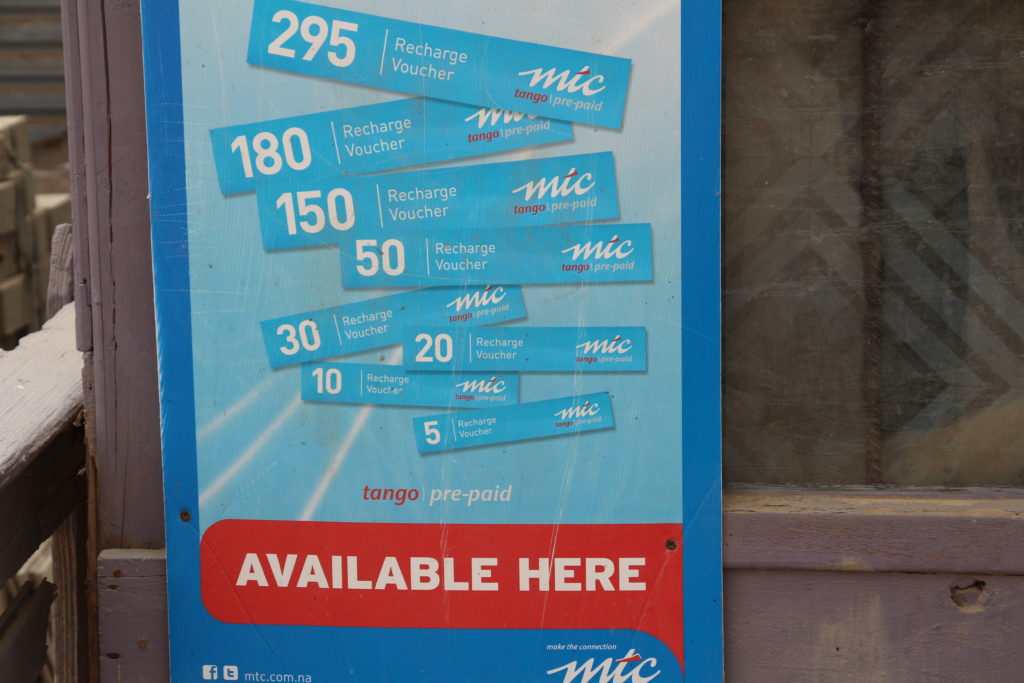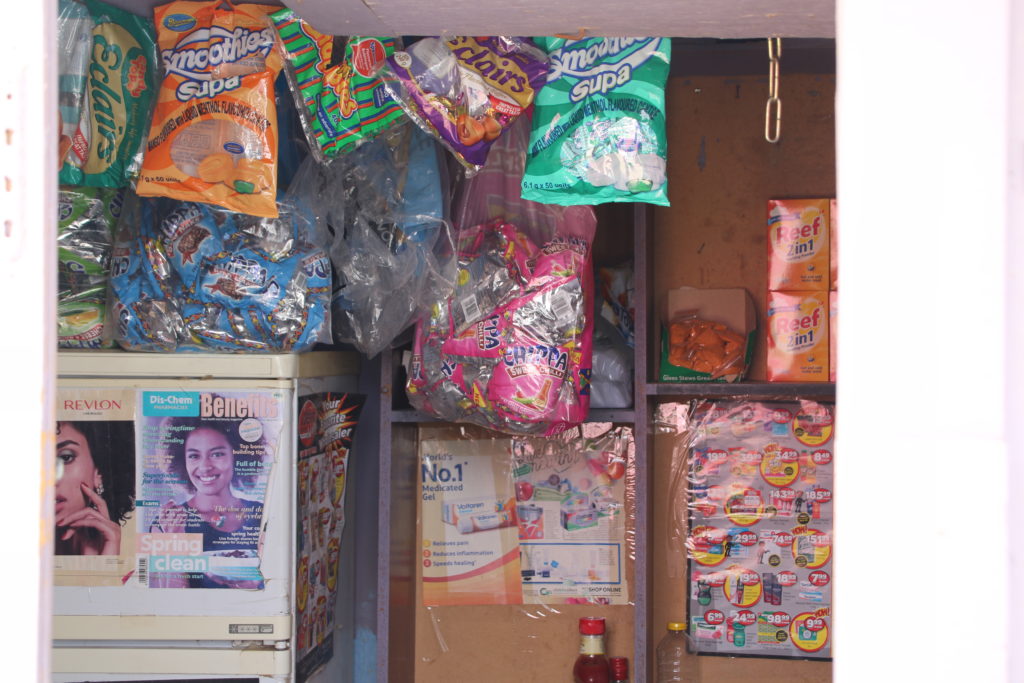We spent 3 days in Namibia. two in Walvis Bay/Windhoek and one in Luderitz.
The total population is about 2.6 million. It has a somewhat different colonial history from other places we visited in West Africa. The vast Namib desert is one of the driest places on earth and as such did not support large populations of indigenous people. So apparently the Portuguese and Spanish traders were not much interested. European settlement came largely from the direction of the interior. In the late 19th century, typical of the times, there were disputes among European powers over which would claim this area with large natural harbors. In 1878 it became a German colony and in early 20th century the German colonialist enforced brutal genocide policies in order to counter resistance from the indigenous populations. During WWI and afterwards, South Africa dominated. Their dominance was sanctioned by the League of Nations as the trustee of this country, with the stated intention of its eventually becoming independent. South Africa’s racial policies including apartheid held sway. By the late 1960’s world sentiments the were beginning to oppose colonialism and apartheid. There were armed revolutions in much of Africa and this country, then known as South West Africa, was not excluded. In 1990 it was finally recognized as an independent country. That is also the year Nelson Mandela was released from prison.
Multi ethnicities :
The history of people of this region goes back much farther than the colonial period. The Saan people of this region are an ethnic minority living in Namibia and other countries which encompass the Kalahari Desert. They do not appreciate the term “bushmen” when applied to them. DNA analysis, as well as archaeological evidence, show that they may be the most ancient homo sapiens people still in existence. Some Namibians speak English. Others spoke what I presume to be Afrikaans or one of the several tribal languages. Including English and Afrikaans, there are about a dozen recognized languages spoken in this country. This includes several “click” languages.
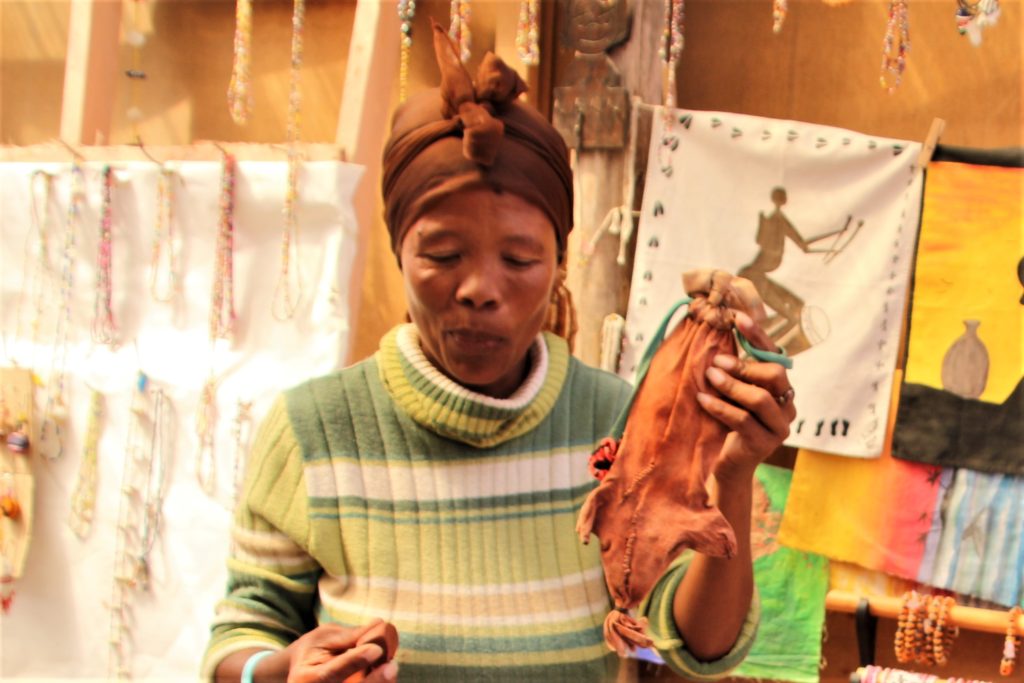
1 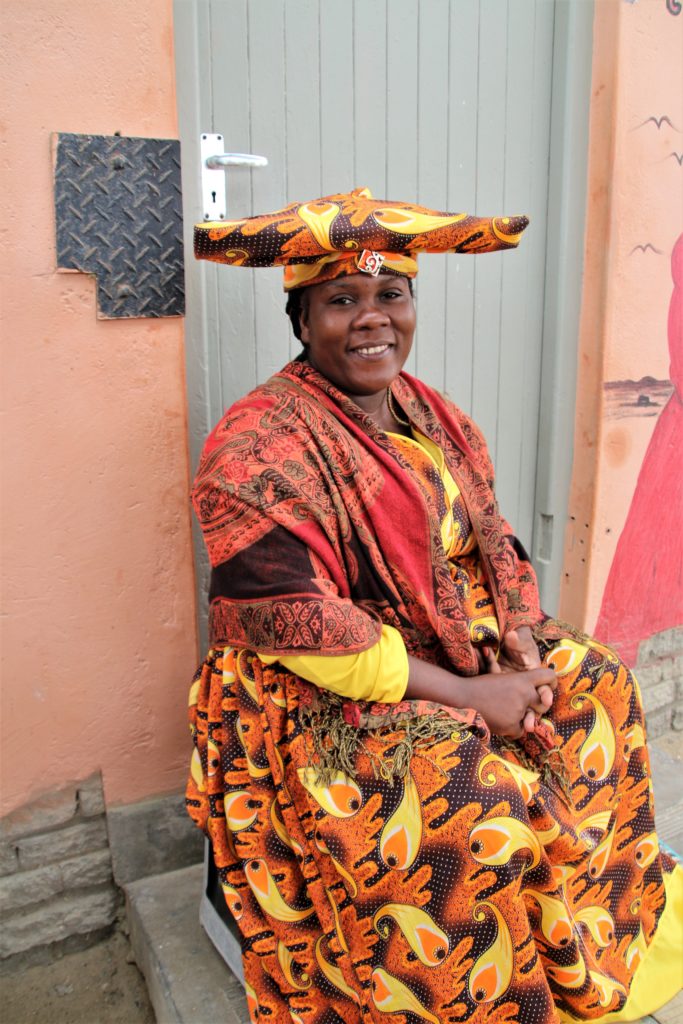
2
Neighborhoods:
Under South African rule housing areas followed apartheid practices. Different ethnic/tribal groups were restricted to certain areas. Some ethnic groups were favored and were offered somewhat better accommodations. There are still different levels of housing but they are open to everyone based on ability to pay. Mining is one of Namibia’s major industries. Uranium miners earn good wages for their hazardous occupation.

1 
2

3 
4
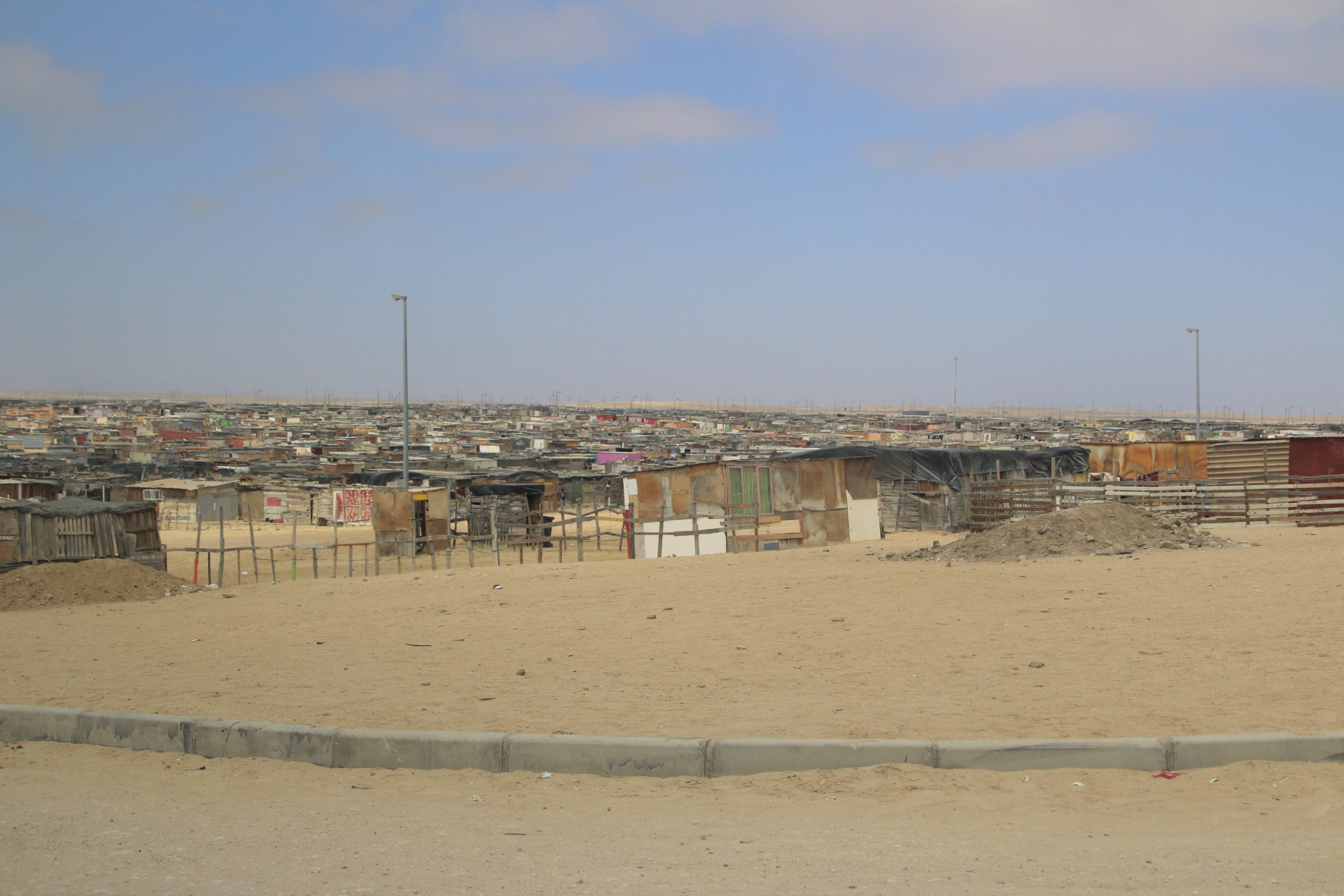
5 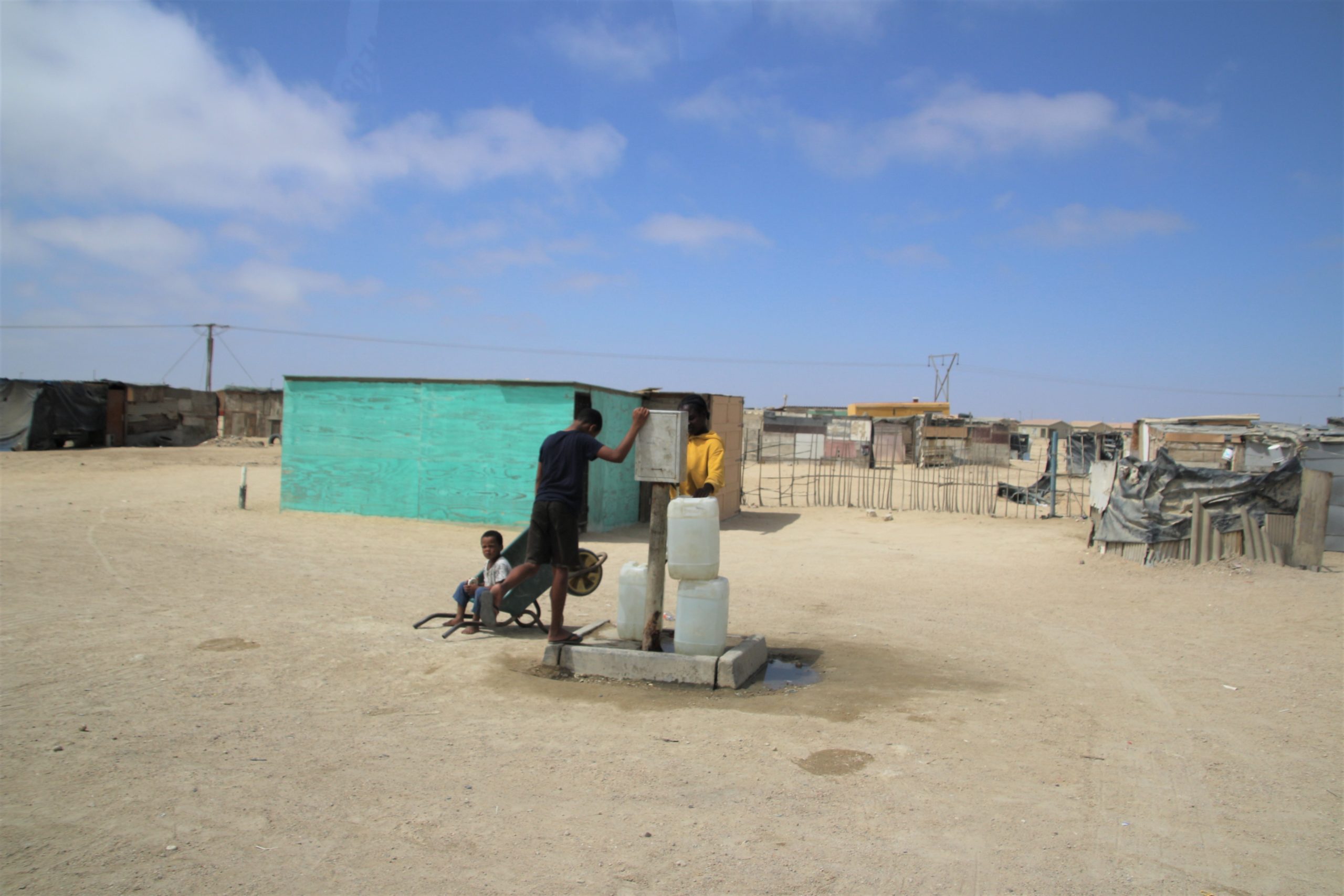
6 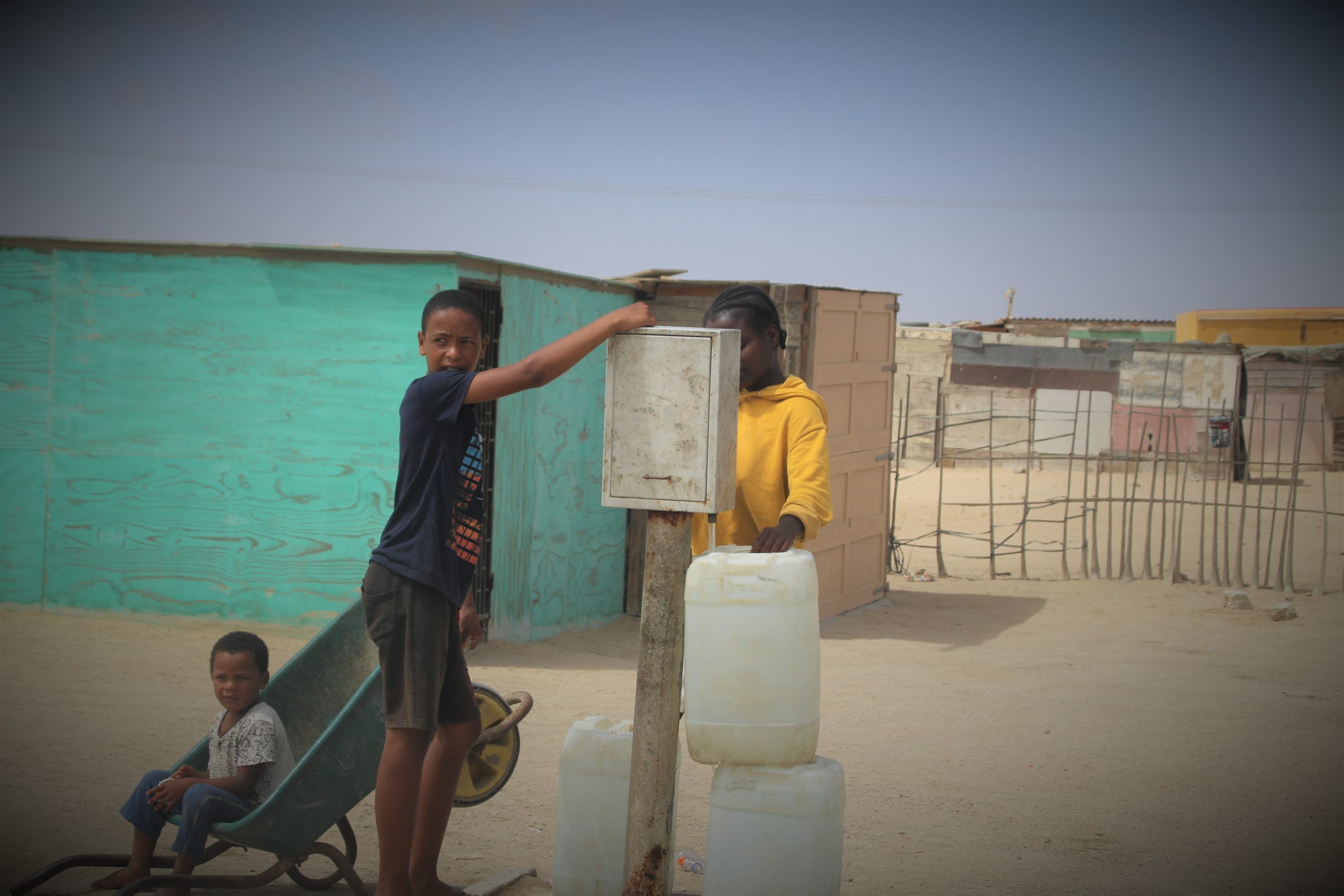
7
Children:
We visited a day care center and a pre-school/ kindergarten. We were told there was no charge for them. The kindergarten children sang songs, counted, and recited days and months in English. We were told that usually their ethnic languages are spoken at home.
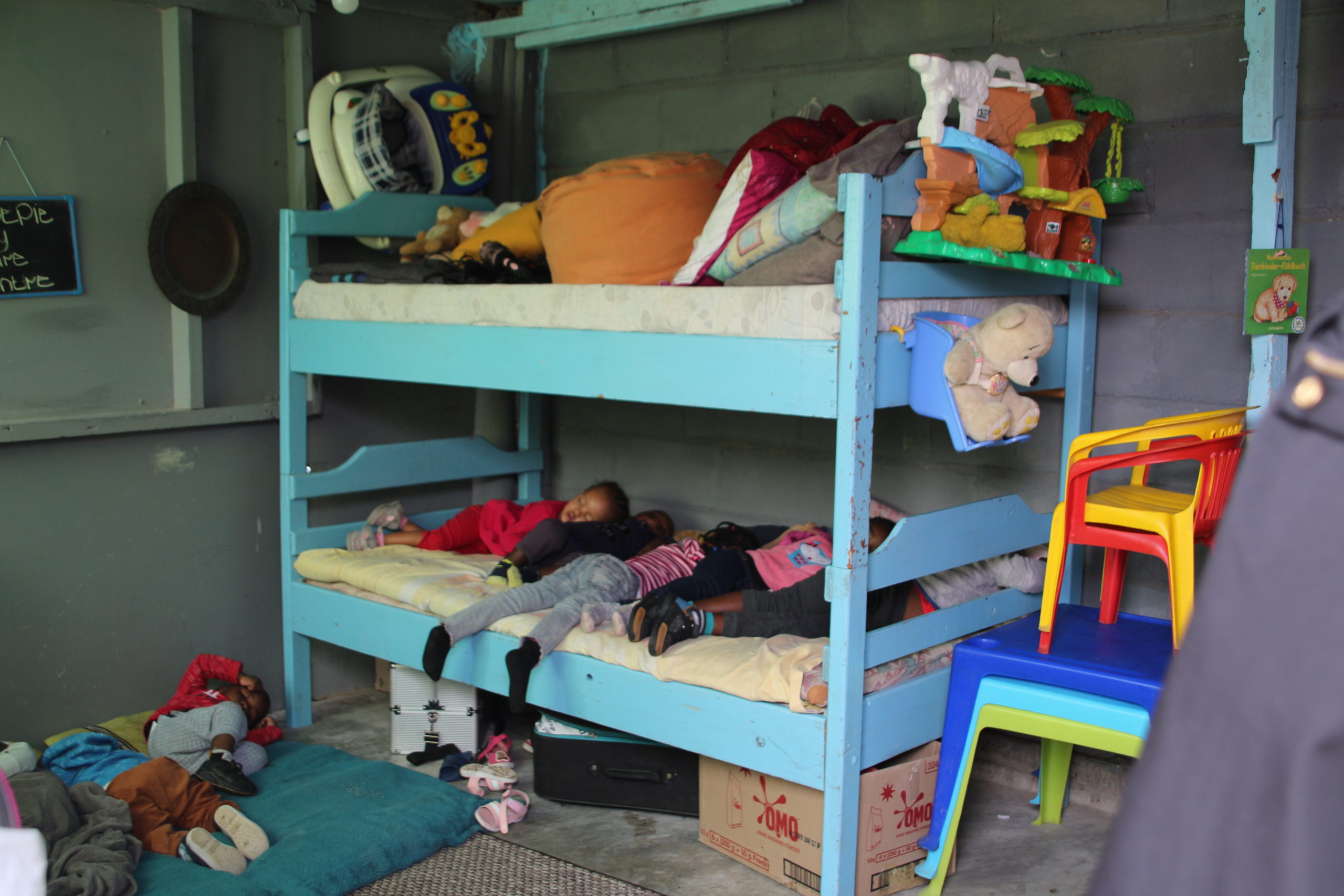
8 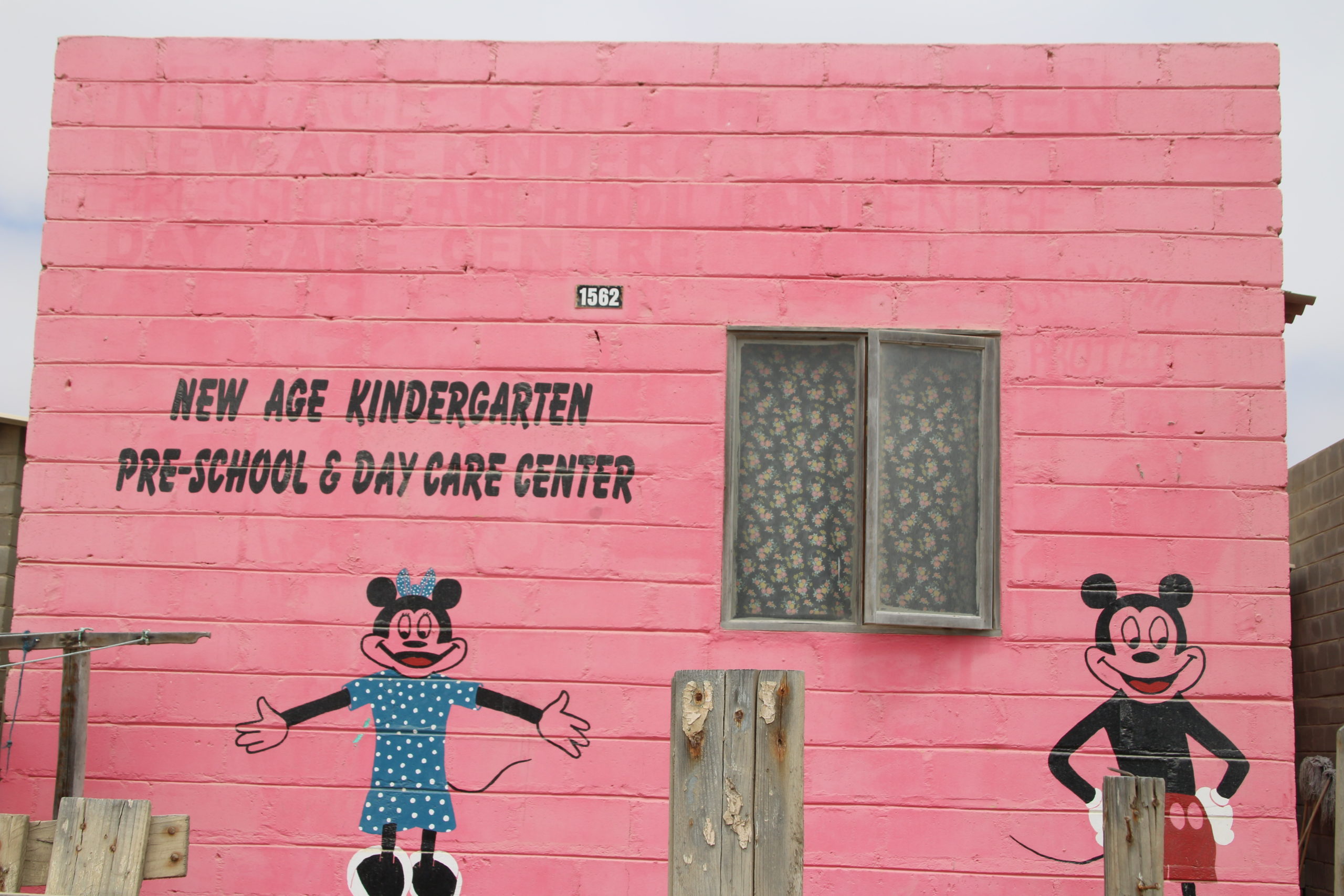
9 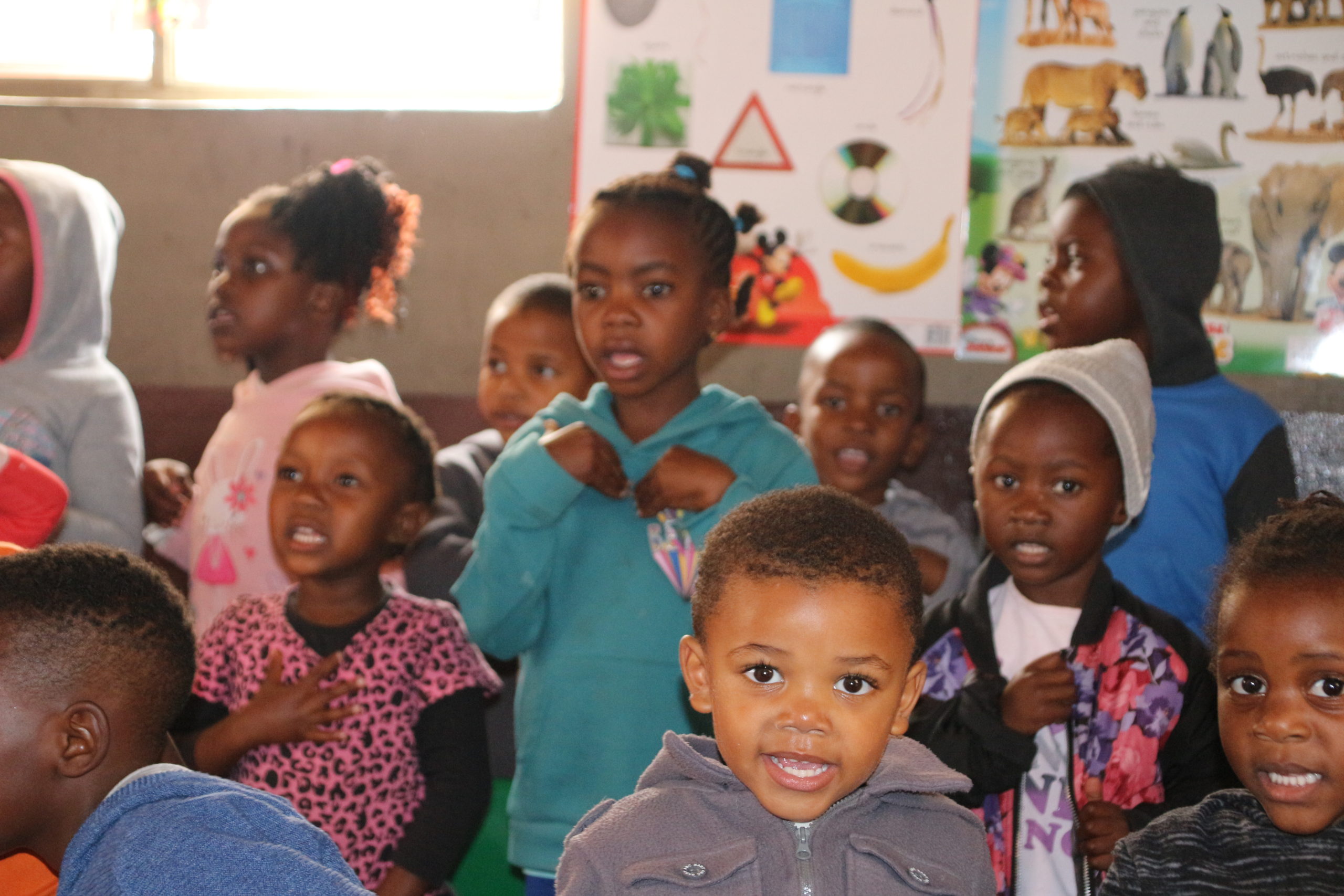
10
Street Scenes:






Linda
